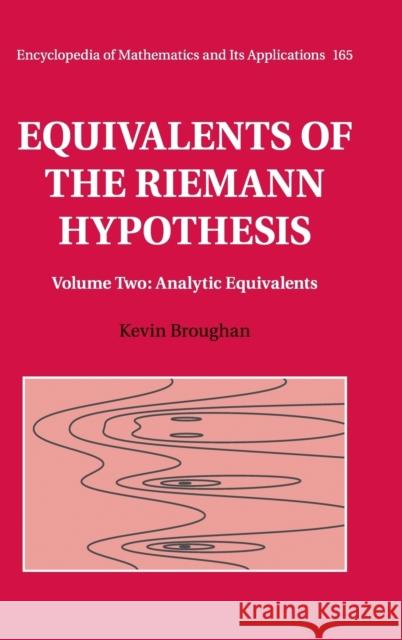Equivalents of the Riemann Hypothesis: Volume 2, Analytic Equivalents » książka
topmenu
Equivalents of the Riemann Hypothesis: Volume 2, Analytic Equivalents
ISBN-13: 9781107197121 / Angielski / Twarda / 2017 / 522 str.
Equivalents of the Riemann Hypothesis: Volume 2, Analytic Equivalents
ISBN-13: 9781107197121 / Angielski / Twarda / 2017 / 522 str.
cena 681,43
(netto: 648,98 VAT: 5%)
Najniższa cena z 30 dni: 675,01
(netto: 648,98 VAT: 5%)
Najniższa cena z 30 dni: 675,01
Termin realizacji zamówienia:
ok. 22 dni roboczych
Dostawa w 2026 r.
ok. 22 dni roboczych
Dostawa w 2026 r.
Darmowa dostawa!
This second volume of two presents analytic equivalents to the Riemann hypothesis. Includes an extensive set of appendices.











